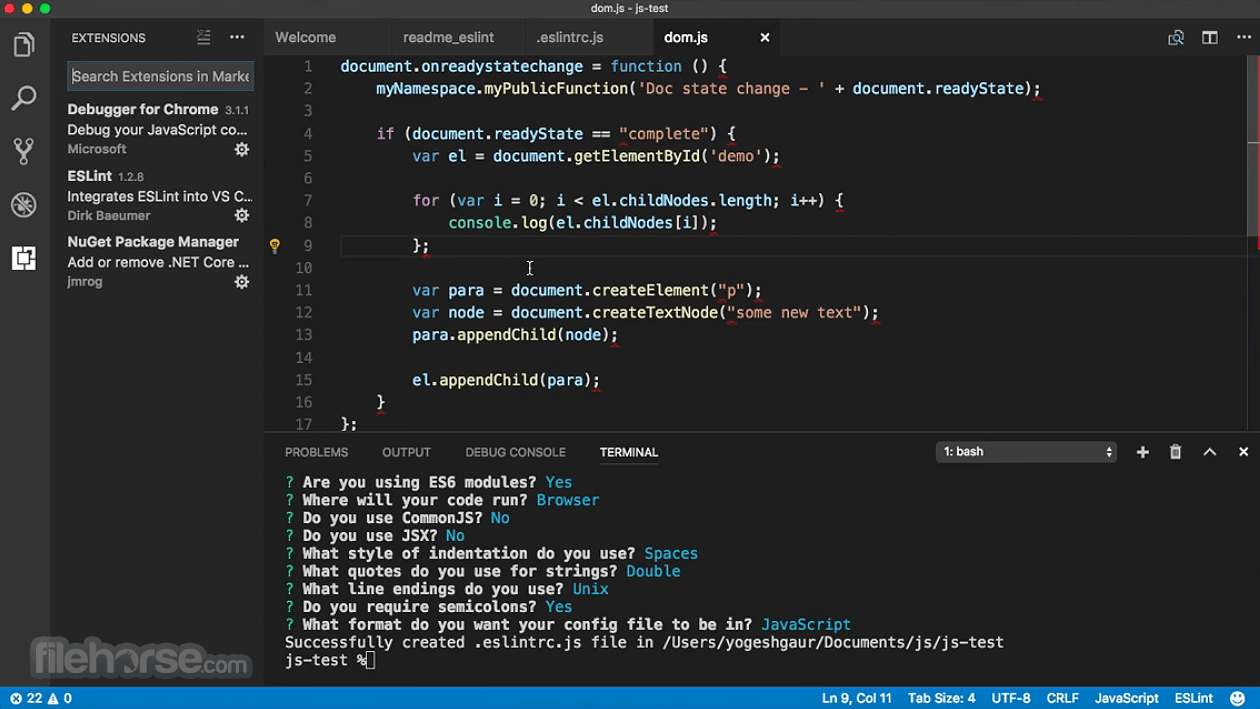There are several options for installing Git on macOS. Note that any non-source distributions are provided by third parties, and may not be up to date with the latest source release.
Click Install Xcode if you plan to developer OS X or iOS software, if you want a hassle-free experience then click Install to get the Apple version of Git. Click Agree to the license agreement. Git for Mac Installer The easiest way to install Git on a Mac is via the stand-alone installer: Download the latest Git for Mac installer. Follow the prompts to install Git. Open a terminal and verify the installation was successful by typing git -version: $ git -version git version 2.9.2. After you have successfully installed Git on Mac, you’ll need to provide secure communication with your Git repositories by creating and installing SSH keys. Creating SSH keys on Mac To communicate with the remote Git repository in your Beanstalk account from your Mac, you will need to generate an SSH key pair for that computer. Download for macOS. There are several options for installing Git on macOS. Note that any non-source distributions are provided by third parties, and may not be up to date with the latest source release. Install homebrew if you don't already have it, then: $ brew install git. Apple ships a binary package of Git with Xcode. Click Download, and it automatically downloads the software package on your system. Find the package and double-click to open the Git installer. Follow the installation wizard and configure Git to suit your development needs.If you are new to version control systems, the best option would be to leave the default settings.
Homebrew
Install homebrew if you don't already have it, then:$ brew install git
Xcode
Apple ships a binary package of Git with Xcode.
Binary installer
Tim Harper provides an installer for Git. The latest version is 2.27.0, which was released 3 months ago, on 2020-07-22.
Building from Source
If you prefer to build from source, you can find tarballs on kernel.org. The latest version is 2.28.0.
You can’t use Git until you make it available on your computer. There are a couple different ways you can install Git and make it available for use. The option you choose will depend on the system you are running.
In this article, I will show you how to install Git on a MAC OS, as well as how to install Git on LINUX.

A couple of things you will want to make note of while interacting with Git.
- Even if you already have Git installed it is a good idea to update to the latest version.
- All of the commands below should work, even on the older versions of Git. They may act a little differently but should work. Git is very good at preserving backward compatibility. Any version after 2.0 should work just fine.
How To Install Git on MAC OS
There are a couple of ways to install Git on MAC OS. The easiest way to do it would probably be to install the Xcode Command Line Tools. This will work on Mavericks (10.9) or above, so it should cover you. If you are running on OS older than that I would recommend you look into upgrading that first.
If your MAC OS is good to go simply run git from the Terminal the very first time. Here is what that would look like:
If it isn’t installed you will be prompted to install. If it is installed, then the above command should output the current version installed.
If you need or want a more up-to-date version, then you can install Git on MAC OS via a binary installer. There is a MAC OS Git installer that is maintained and made available for download on the Git website, at https://git-scm.com/download/mac.
Finally, a third option of installing Git on MAC OS is to install it as part of the GitHub for MAC install.
They have a GUI Git tool that has an option to install command line tools as well. You can download this tool from the GitHub for MAC website, at https://mac.github.com.
How To Install Git on Linux
More often than not you can install Git on Linux via a binary installer through the package management tool that comes with your distribution.
If you’re on Fedora or other closely related RPM-based distribution, like RHEL or CentOS, you can use dnf:
$ sudo dnf install git-all
If you happen to be on a Debian-based distribution, like Ubuntu, try using apt:
Installation For Other Unix Distributions
Gentoo
# emerge –ask –verbose dev-vcs/git
Arch Linux
openSUSE
# zypper install git
Mageia
Nix/NixOS
# nix-env -i git
FreeBSD
Solaris 9/10/11 (OpenCSW)
# pkgutil -i git
Solaris 11 Express
OpenBSD
# pkg_add git
Alpine
Slitaz
$ tazpkg get-install git
Author: Jeremy Holcombe
Download And Install Git On Mac
Growing up in Hawaii, Jeremy started his freelance writing career doing resumes, business plans, article writing, and everything in between. He now specializes in online marketing and content writing and is part of the Content Marketing Team at GreenGeeks.